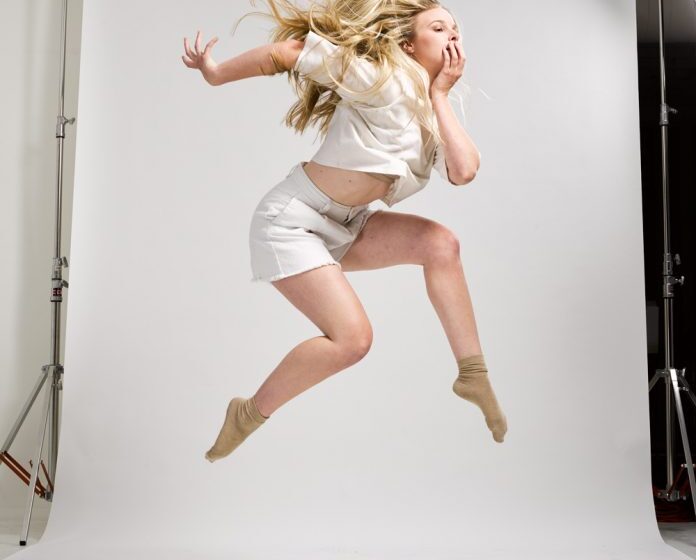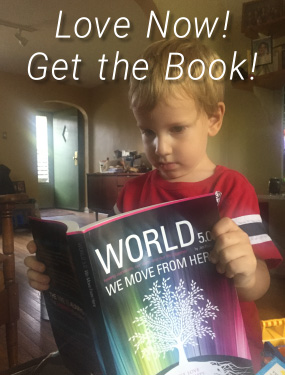SIX SMALLER ARTS ORGANIZATIONS WORTH WATCHING


Mutual Dance Theatre and Arts Center Merges Two Dance Companies
Over the next year, Jeanne Mam-Luft will be busy. Her organization, the modern dance company formerly known as MamLuft&Co. Dance, will merge with Contemporary Dance Theater, founded by Jefferson James in 1972. ArtsWave stepped in with a $30,000 grant to ease the way. “You wonder if you’ll make it,” Mam-Luft says of the pandemic. “We will be here at the end of this year because of ArtsWave.” Currently, MuDa is raising $750,000 to revamp its Hartwell building, where it will open a modern dance academy and community arts center. “That’s the awesome thing about being small,” she adds. “We are so small we can shift.” mutualdance.org


Cincinnati Black Theatre Company Creates a Safe Space
Don Sherman founded the Cincinnati Black Theatre Company in 1998 to create a place where Black community members feel at home. The company successfully produced three of its five 2020 shows, including crowd-favorite play Anne and Emmett, which explores an imaginary conversation between teenagers Anne Frank and Emmett Till. The piece was so powerful and relevant that Sherman plans on revisiting it. To decide each year’s roster, CBTC polls audience members and “looks at the pulse of what’s happening in society.” While CBTC is open to everyone, Sherman says, “There’s emphasis on the Black, because that’s who we are. I wanted to be able to tell our history, our stories.” cincinnatiblacktheatre.org


For the 4-Way Quartet, the Show Must Go On
Part of the draw of playing in a string quartet is collaboration—four musicians, working together. “For almost every string player I know it’s their favorite way to make music,” says Nat Chaitkin, cellist and executive director of the 4-Way Quartet. For Chaitkin and Co., the pandemic hasn’t just impacted the group’s ability to play together in-person. It’s also forced them to get creative with their collaboration with 18 fourth through sixth grade students at Woodford Paideia Academy in Kennedy Heights, where the quartet has moved private lessons online. “The most important thing is the relationship that we develop with these children,” Chaitkin says. “And so we’ll find a way to maintain that.” 4-wayquartet.com


Walterhoope Creates Art Outside the Box
Collaboration is key to Walterhoope’s nontraditional performance events—a reimagined Macbeth that’s also a shared meal, a play about addiction set up like an AA meeting, a science fiction podcast. “We’re asking whoever is experiencing our work to contribute to the event,” says Audrey Bertaux, the group’s producing artistic director. That’s not possible in a pandemic. 13th & Republic was supposed to open this spring; instead it will become a free online music and dance piece that grapples with issues of police violence and mental health with music by Kaleel Skeirik, poetry and lyrics from Tyrone Williams, and choreography and direction by Darnell Pierre Benjamin. “We have the ability with this work to continue a conversation that needs to be continued,” says Bertaux. walterhoope.com


Elementz Reaches Out to Kids
Following the police shooting of Timothy Thomas in 2001, area activists were exploring new ways to engage inner-city youths that would connect them with their communities, introduce them to mentors, foster talent, and provide a productive outlet for expression. Nearly two decades later this mission lives on in Elementz, a youth center that hosts urban-centric music, dance, and visual arts classes after school and in select K–12 public schools, creating a pathway for students to succeed despite challenging circumstances. Like other educational institutions, they’ve moved much of their programming online during COVID-19, and though they’re open with limited hours and capacity, they continue to evaluate how best to safely return to in-person classes—especially for their underserved students who may not have access to technology. elementz.org


Collegium Cincinnati Reworks Its Season
“Coronavirus has forced us to be very creative,” says Shiloh Roby, producing director of Collegium Cincinnati. He could be talking about the entire local arts community, but he’s specifically referencing his coalition of professional and amateur instrumental and choral musicians. This season, things will look very different for a group that “focuses on tearing down that barrier between the audience and the musicians,” says Roby. As the ensemble in residence at Christ Church Cathedral, Collegium will be able to present a two-show season, including its annual adaptation of Messiah, though it will look very different this year. “Even getting to do a rescaled concert gives us something to look forward to,” he says. “Whatever happens, we can present some kind of performance.” collegiumcincinnati.org
Read the original article at cincinnatimagazine.com








